Mallorca, Spain – how to continue with its (excessive) tourism?
The biggest of the Balearic Islands – in the western Mediterranean Sea – is at the crossroads:
Mallorca, the most visited of the Balearic Islands near the eastern coast of the Iberian Peninsula, must make important decisions as to its excessive tourism. Are the local government’s small corrections of recent years enough to bring about a change of course? Here is how this small island has become one of Europe’s major tourist destinations. And find out what has been done to curb excesses originated by this development.
Before coming to Mallorca’s tourism – that has run amok – , some facts about this vacation destination, which my husband and I had chosen for this year’s spring vacation. And this for the first time ever! After doing so, further posts will be about topics I usually write about, staying and dining in style. First, I will outline our trip’s itinerary, before providing details for every stop in Mallorca (overview, southwest, north, northeast and Palma de Mallorca).
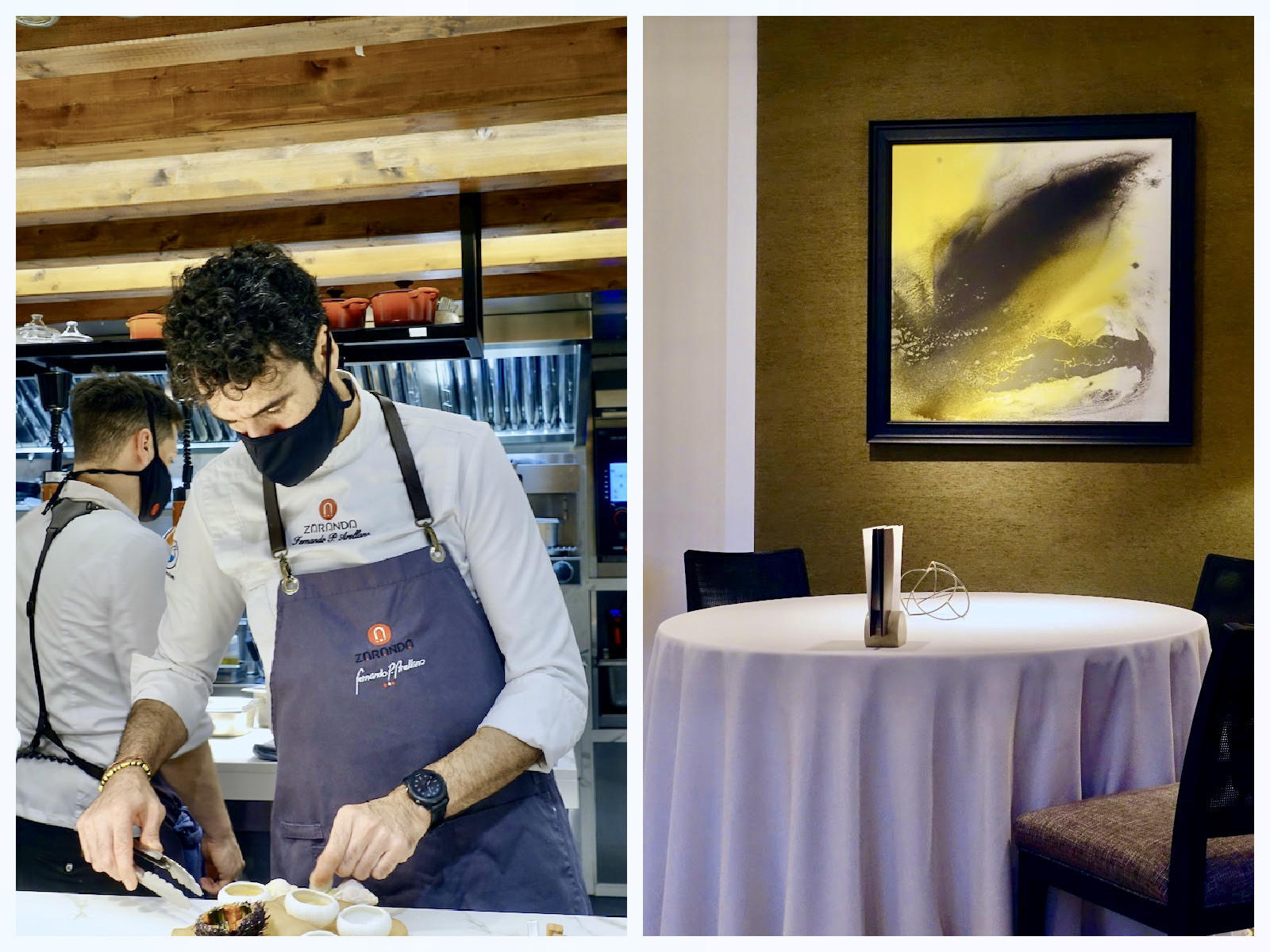
About Mallorca
Mallorca is one of the Mediterranean most desirable vacation destinations. Since 1983, it has been – together with the rest of the Balearic Islands – an autonomous region of Spain. This island enjoys a mild climate with lots of sunshine (annual average of 2,850 hours) and has an average temperature of 18°C/64°F. The tourist season is concentrated from May to October.
While most tourists come for sun, sand and sea,
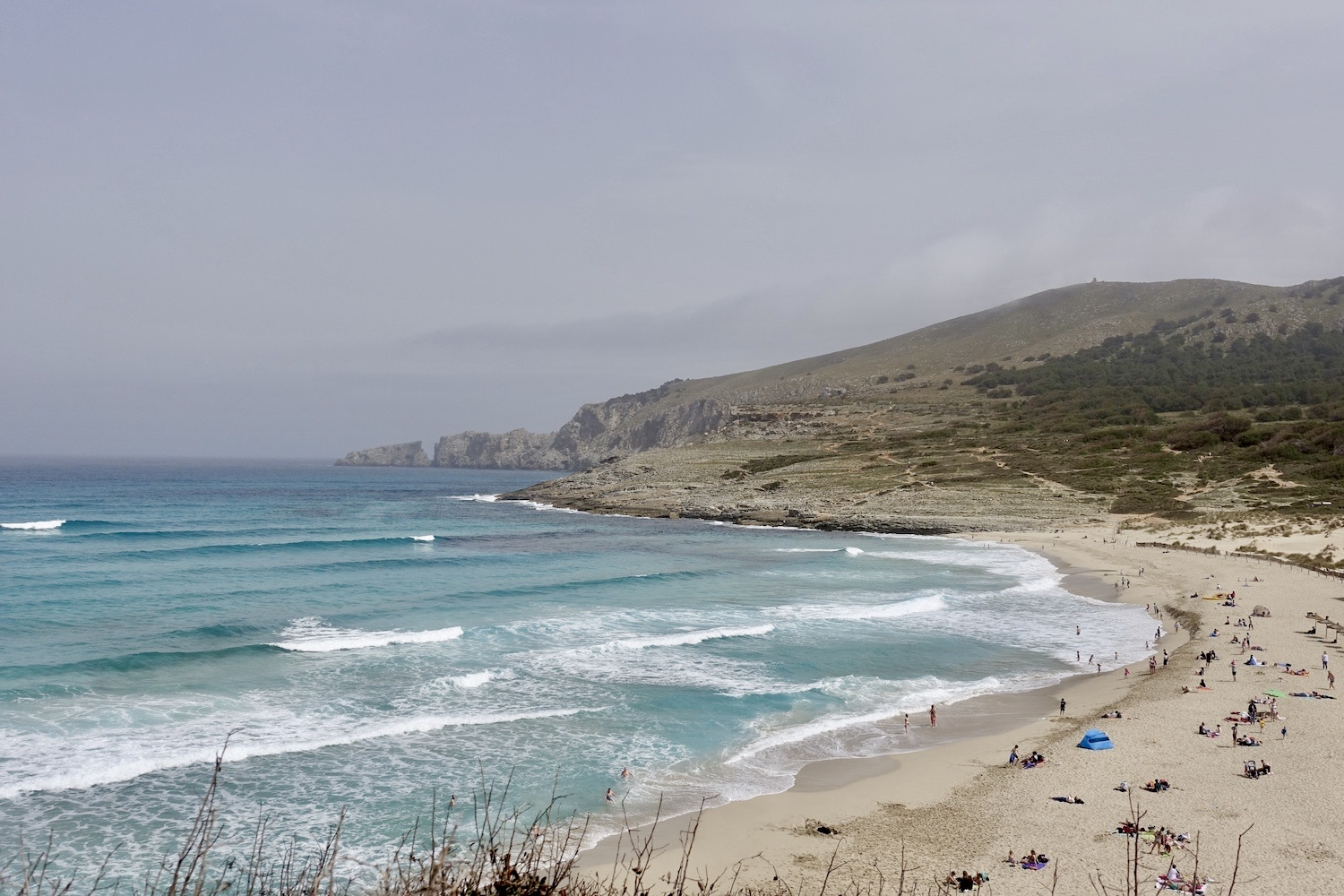
the island offers something in terms of nature and culture too. Think of the Tramuntana mountains, a protected natural area that was declared a UNESCO World Heritage Site in 2011.
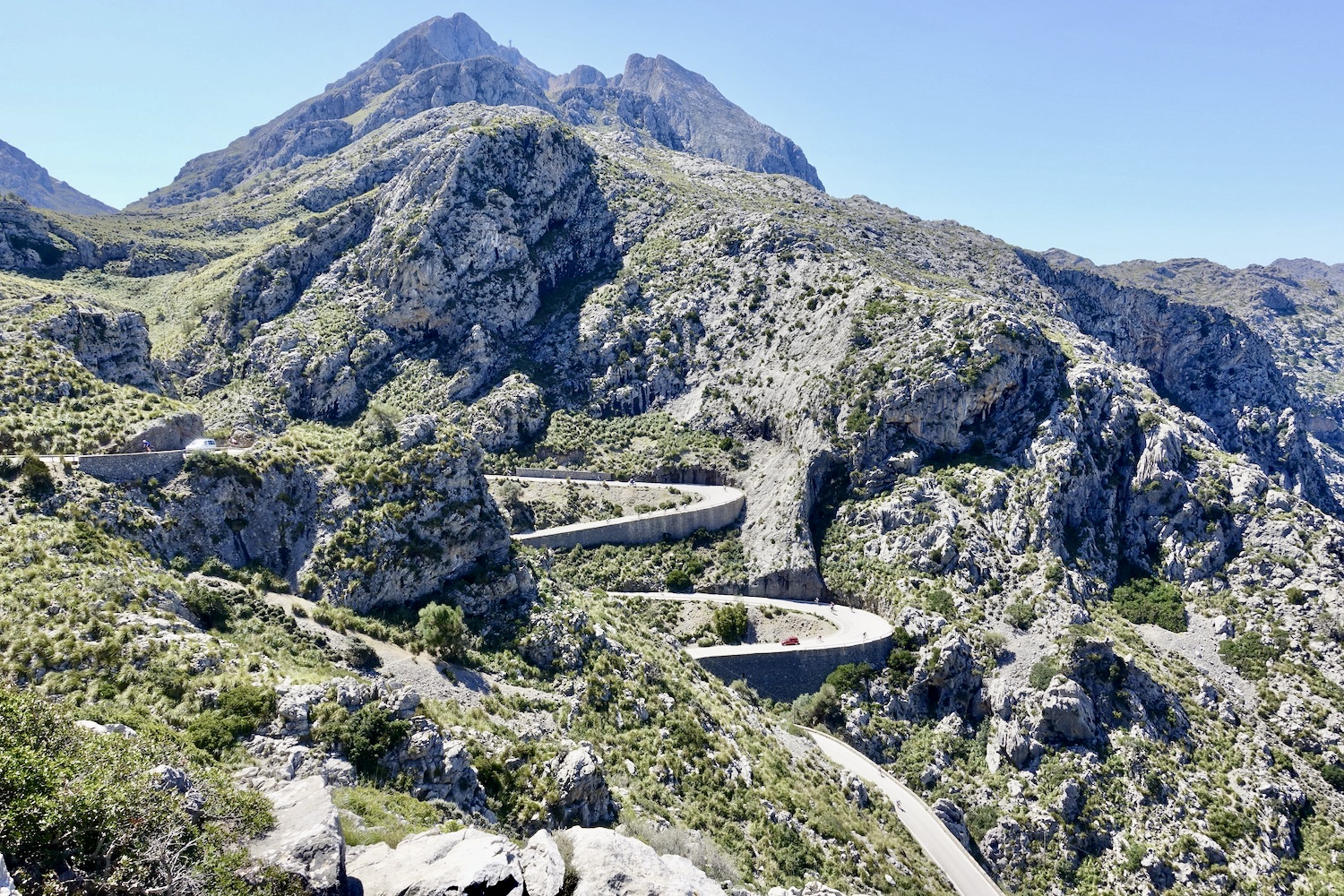
Or there is a myriad of places worth experiencing. In this context you have to mention the capital of Palma
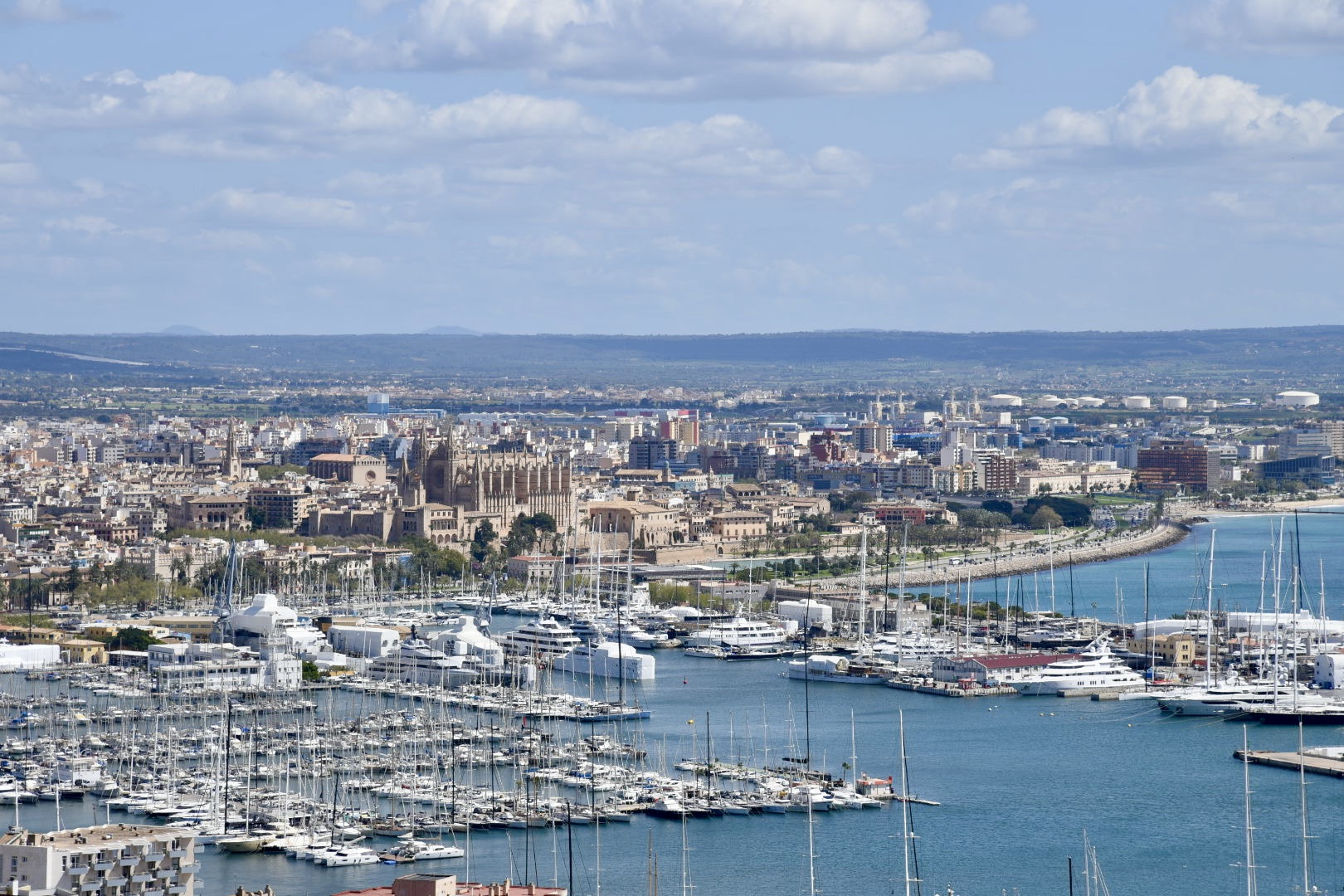
or the small towns of Sóller
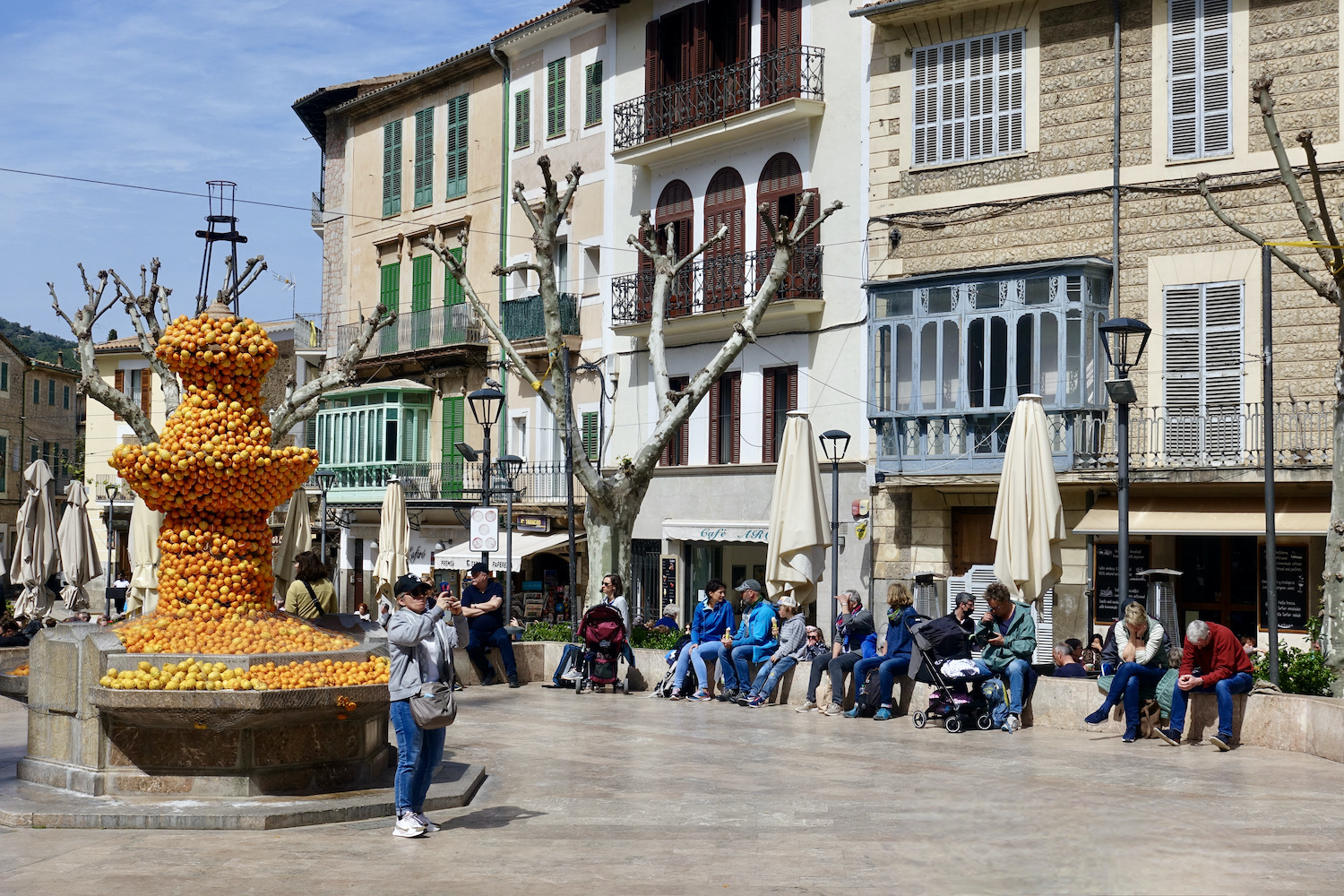
and Pollença.
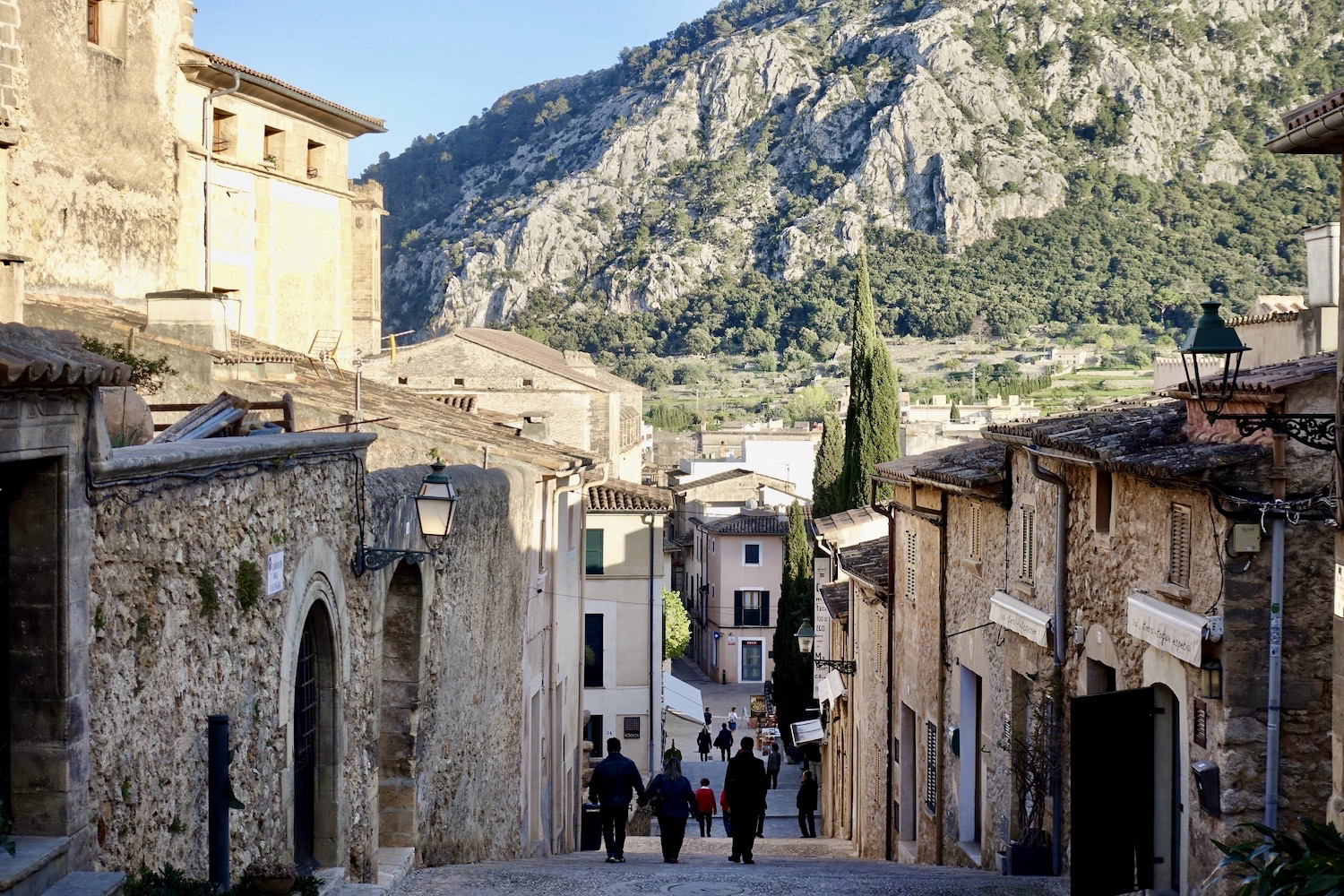
And Mallorca is within easy reach of many European countries. In many cases you need no more than two and a half hours by plane to get to it. In addition, there are many (cheap) flights to choose from.
From mass tourism to a more sustainable one?
Tourism development
Spain is one of Europe’s main tourism regions, and Mallorca is its flagship. In the Balearic Islands, where Mallorca is the most important one, the tourism is the “main industry”. 85% of its gross domestic product (GDP) stems from it. And 80% of tourists to this island are international, mainly from Germany and the U.K. (Balearic Island Regional Context Survey).
Since the 1950s, Mallorca has become a major tourist destination. As to the number of visitors per year, there were 3 million in the 1970s, 6 million in 2013, 10 million in 2017 and 12 million in 2019 (Wikipedia/National Geographic). And this with Mallorca’s population of under one million! Of course, this rapid growth caused damages in various areas.
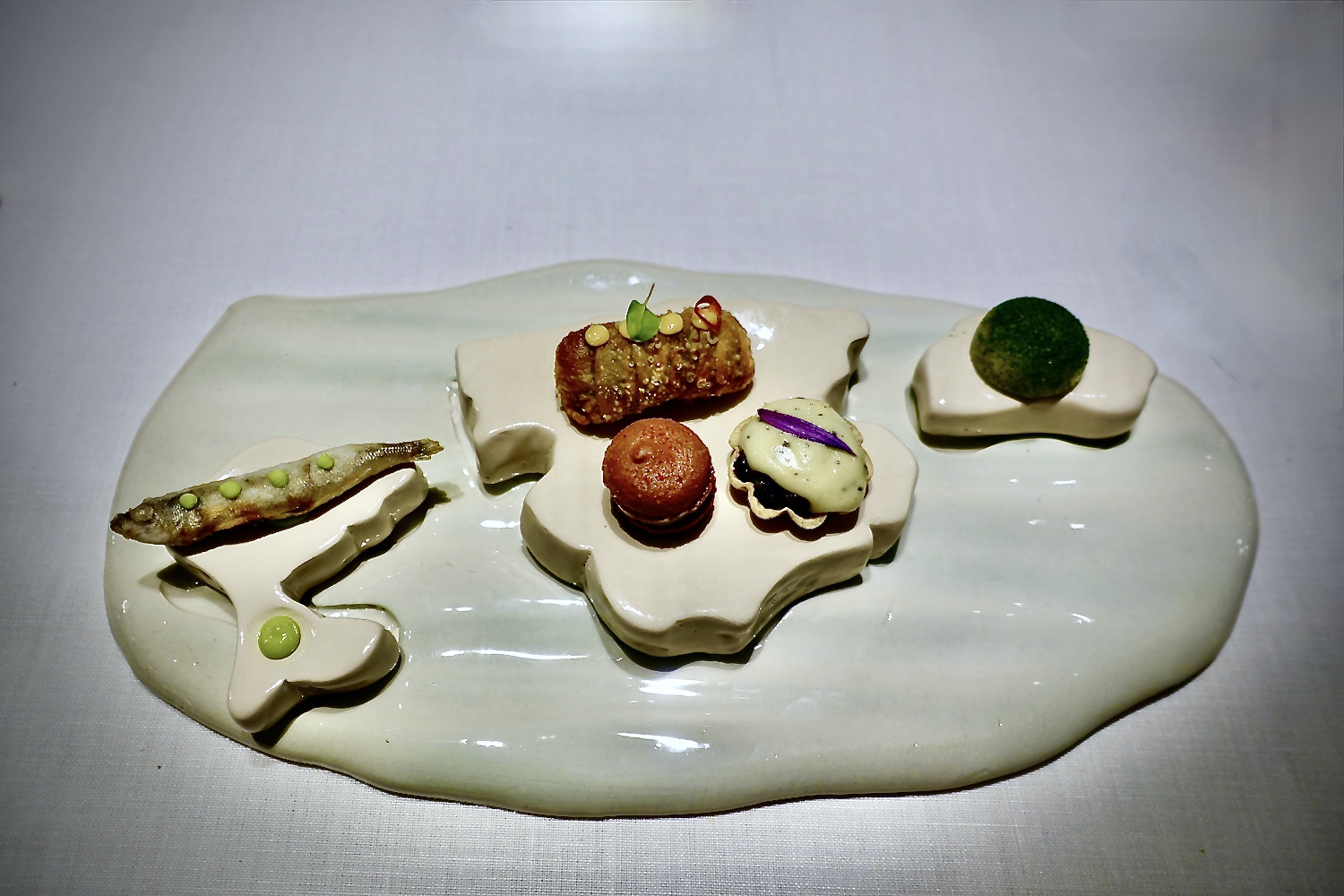
Consequences of the unrestricted tourism growth
Before coming to the effects of Mallorca’s growing popularity among tourists, first to how it all began. Long before overtourism was a problem for cities just as Venice or Barcelona, Mallorca and other Balearic Islands were already known for an out-of-control development of the touristic activities. There is even a specific term for it, the balearización.
Back in the 1950s, Spain’s fascist regime thought that tourism might be an ideal source of revenue. So, they virtually invented European beach tourism. Around Palma, high-rises were erected to attract budget travelers in high numbers. Soon the cruise tourism followed. In such a way, visitors flooded Mallorca in the summer months.
Not before long, the economic blessing of the mass tourism turned into a tremendous burden. For half a century, Mallorca was a symbol of a mass tourism gone mad. Some places such as Magaluf and El Arenal became bywords for debauchery and bad behavior of young vacationers coming to the island looking for a good time.
Of course, Mallorca’s tabloid infamy damaged the island’s image. This not only in the international context, but also among locals. The term for the latter is turismòfobia. Along with this tourist saturation there were more issues: abusive consumption of resources, excessive dependance on tourism, road congestion or rise in prices of rentals and property.
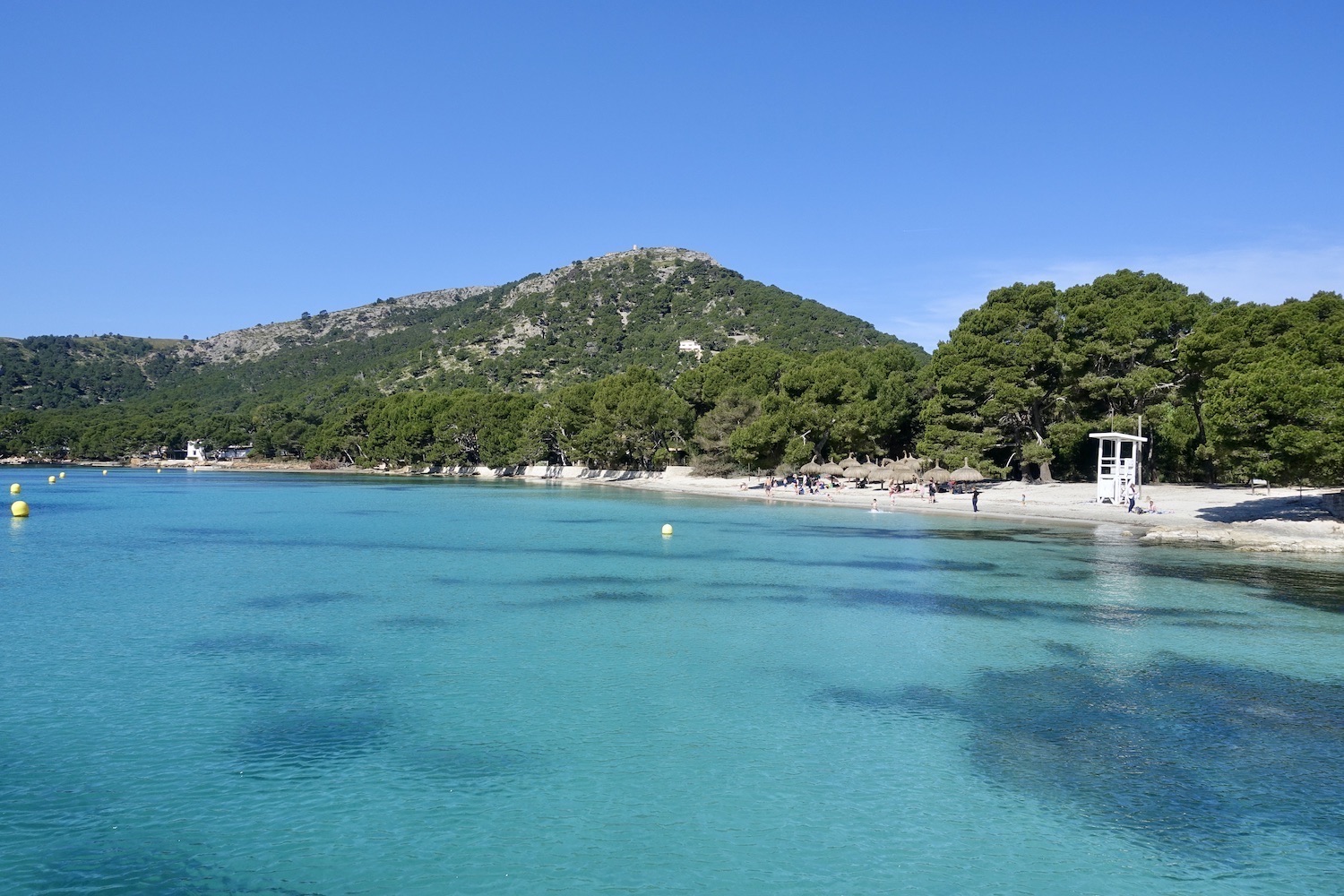
Measures against overtourism
There has been a switch in attitudes on Mallorca for several years now. The local government seeks to make the island’s tourism more sustainable. This to recast its image as a travel destination. A sustainable tourism tax was introduced in 2016. This in order to raise funds for protecting the natural environment, recovering the historic heritage and developing infrastructures to foster slow tourism.
As to the cruise tourism, Mallorca’a officials have recently decided to limit arrivals as from 2023. From this point of time, there shall be no more than three vessels a day at Palma’s port. And only one of them is allowed to be a mega-cruise liner with more than 5,000 passengers. This is supposed to attain a 13% drop in arrivals, compared with 2019.
As far as the drink related problems in popular resorts are concerned, new laws were introduced for certain tourist zones. They do not only ban the sale of alcohol from 9.30 p.m. to 8 a.m., but also forbid all-in-one packages, happy hours, two-for-one drinks and pub crawls. Furthermore, it is illegal to advertise party boats in designated areas. All this in the hope to clear out the drunks and trade partiers for more well-behaved tourists.
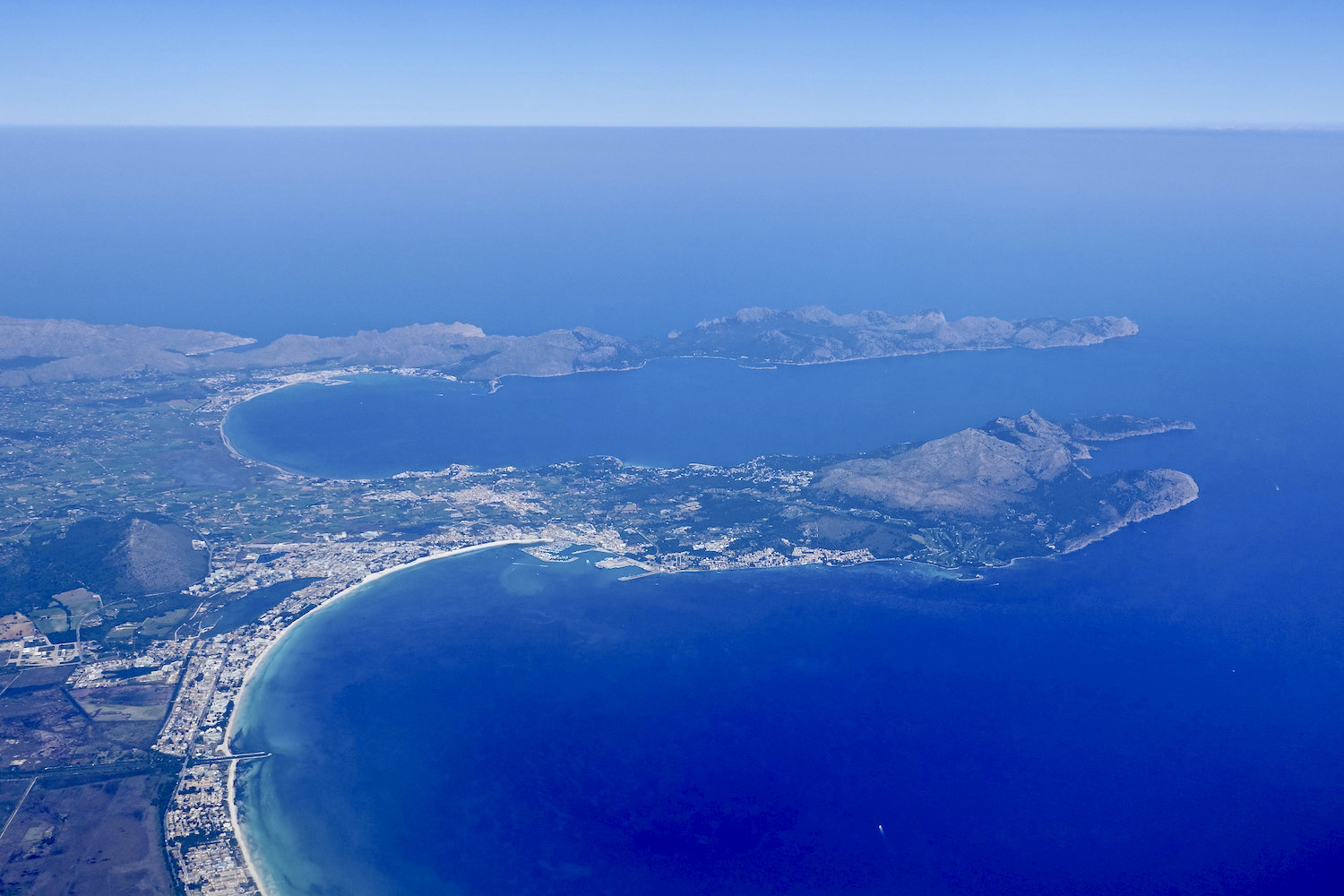
Will the transformation into a sustainable tourism be achieved?
Mass tourism has troubled Mallorca for decades. Yet this development did not simply happen, but it was deliberate choice. And therefore, another direction is possible too. However, it will be no easy task. While the post-pandemic period is suitable for making a hard cut, it is also a time where many in the travel industry have empty coffers.
First steps towards a more sustainable tourism have been made, more have to follow. A more upmarket tourism will not immediately bring in the big money. Going through a dry spell seems inevitable. But there are not many who want the pre-pandemic tourism back, which was overwhelming in all respects. Instead, they wish for travelers swapping coastal mega resorts for seeking out natural landscapes and local culture. They want such ones who also spend money on upscale hotels and gourmet restaurants. And vacationers who not only come in July and August but also in the shoulder seasons. And in fact, a transformation seems underway. Quite a number of traverlers yearning for slow and sustainable travel already find their way to Mallorca.
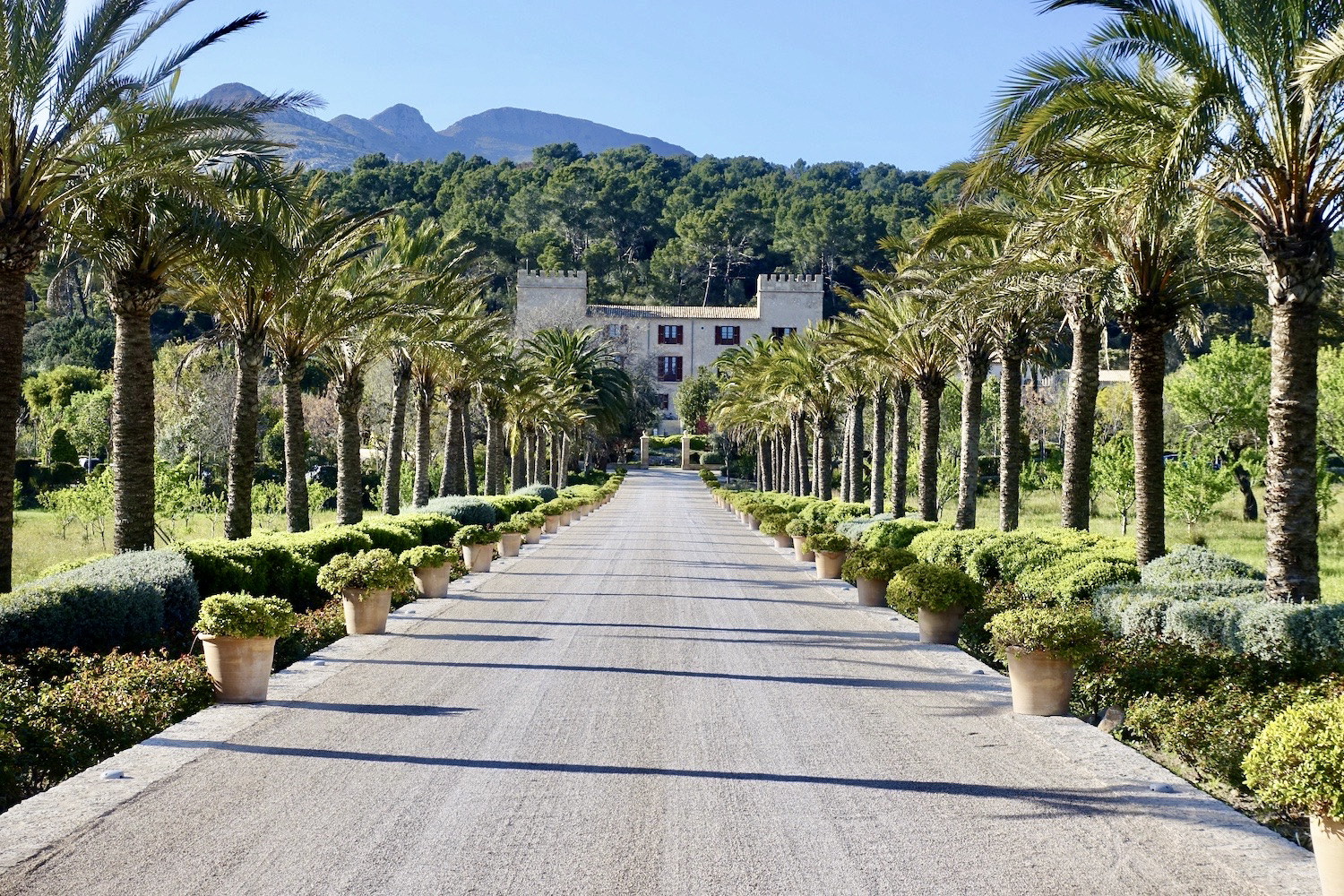
What is next on this blog?
As mentioned at the beginning, there will be more about Mallorca on this blog. I spent a bit more than two weeks on this island in the first half of April, to get to know a destination that was new to me. And I was not only delighted by the island’s natural wonders and man-made attractions but also by its top-tier hotels and fine dining restaurants. While I will not report on the former, I will inform about the latter, and this in quite a few details. My husband and I checked out four luxury accommodations (overview, southwest, north, northeast and Palma de Mallorca) and some of the best gourmet dining-spots in Mallorca. I cannot wait to let you know about them.
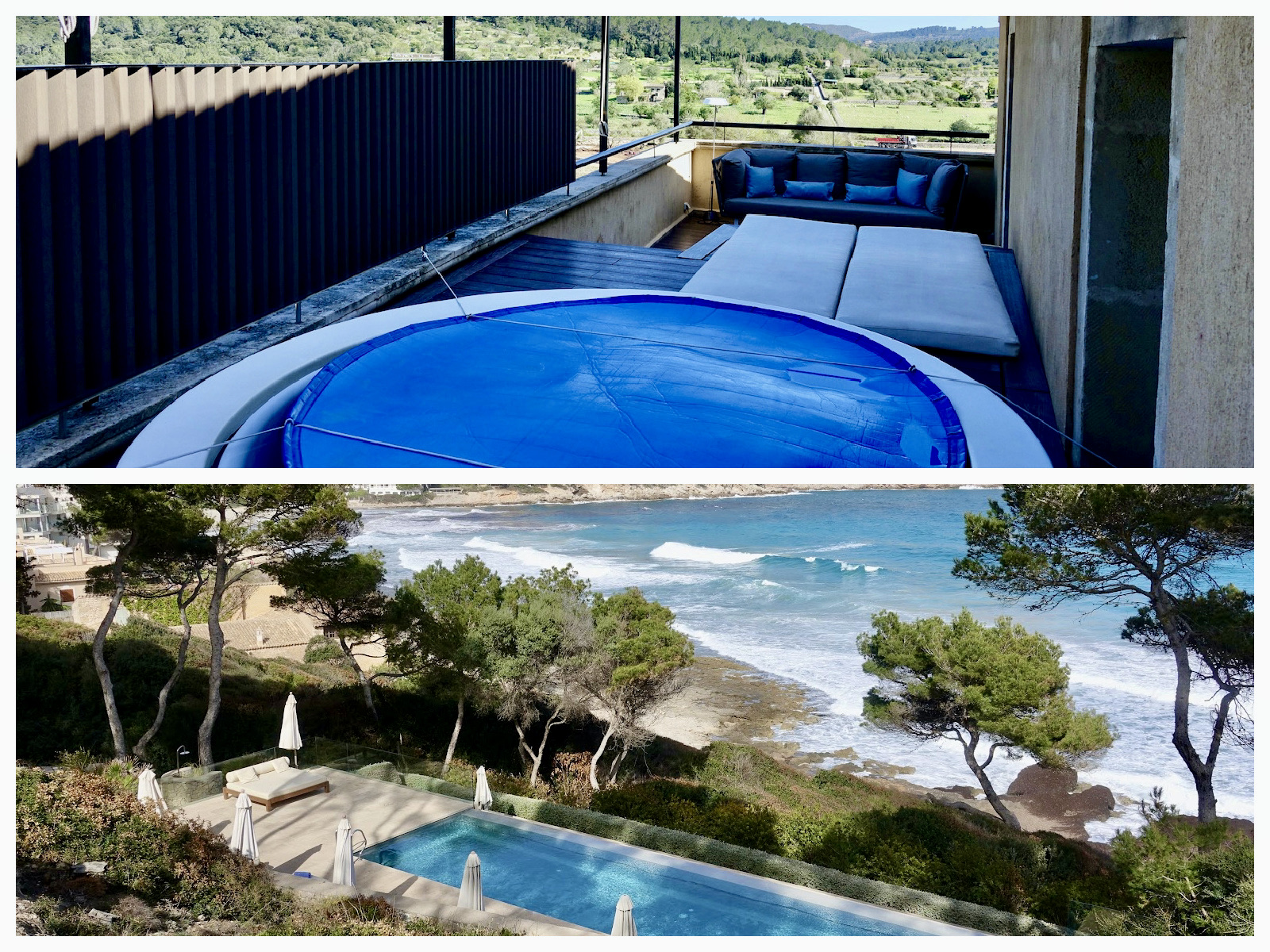
Pin it on Pinterest
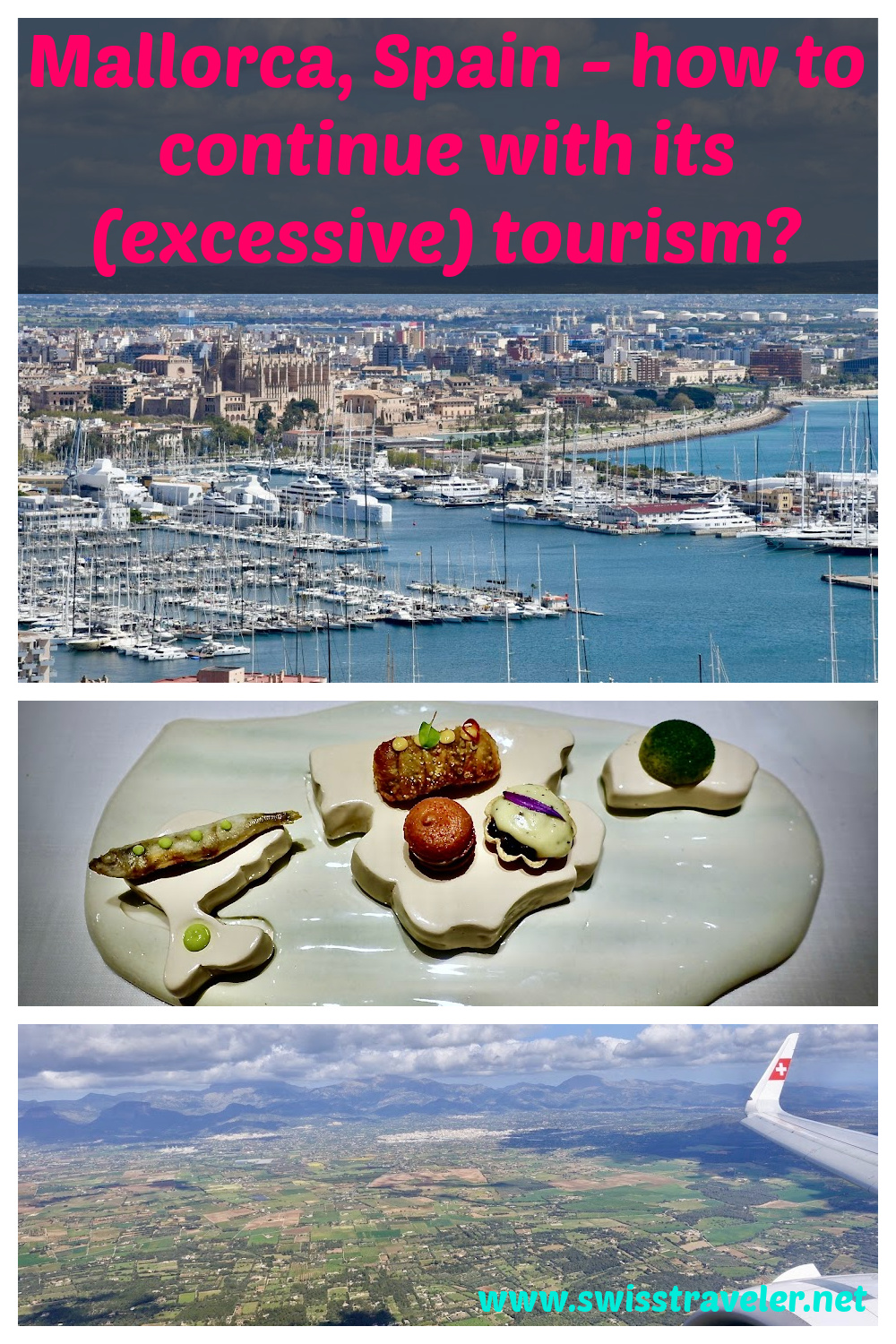
The post Mallorca, Spain – how to continue with its (excessive) tourism? first appeared on Swiss Traveler

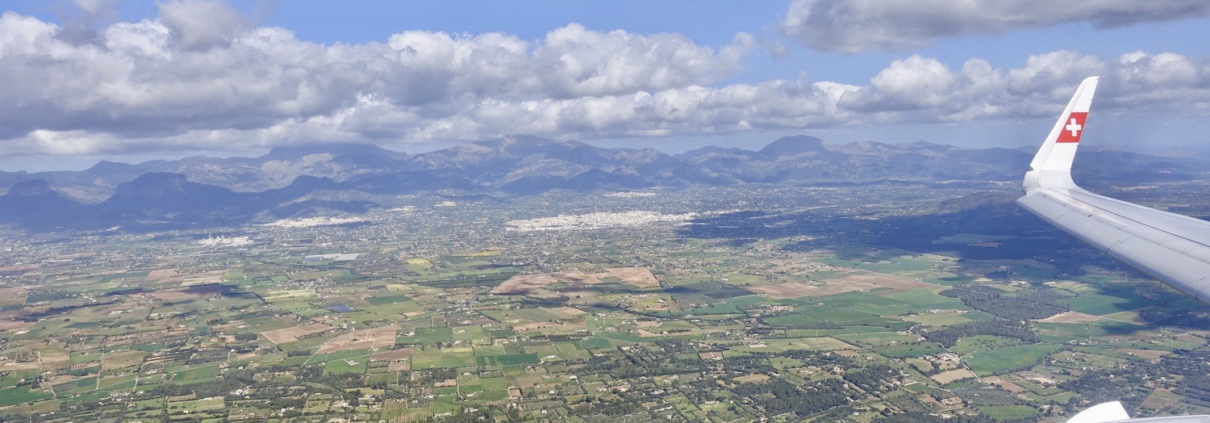
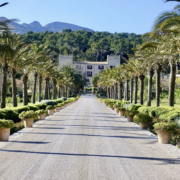
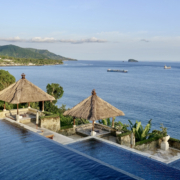
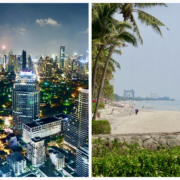

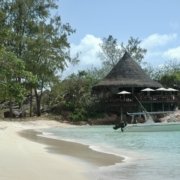
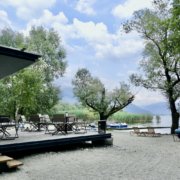


Leave a Reply
Want to join the discussion?Feel free to contribute!